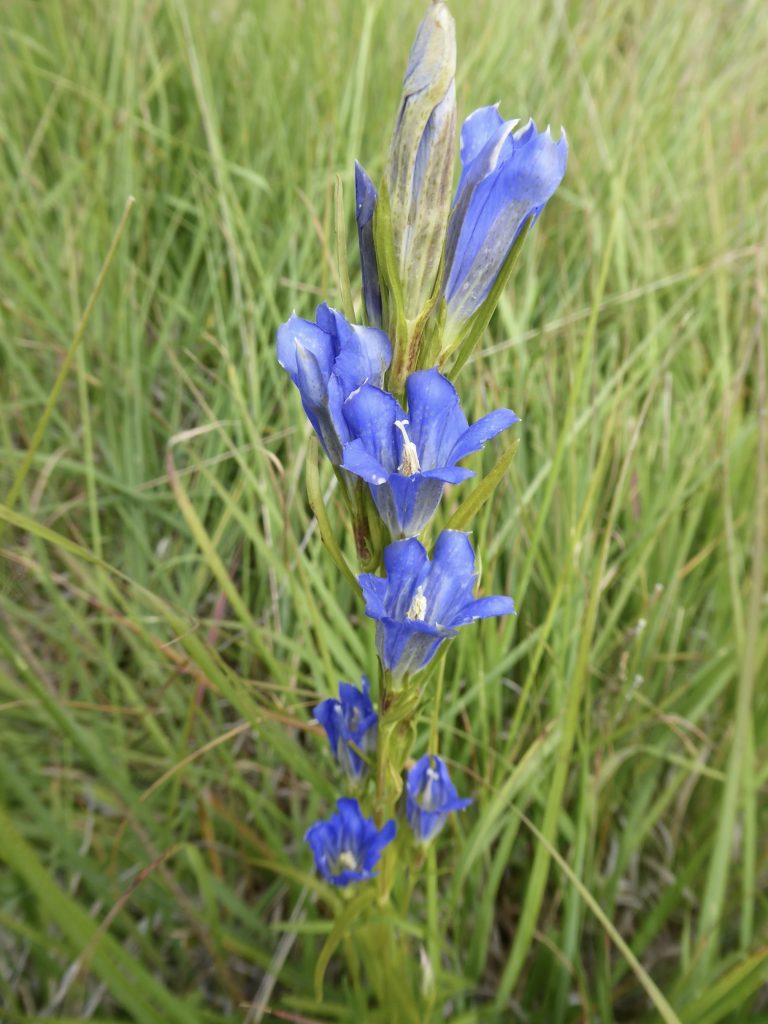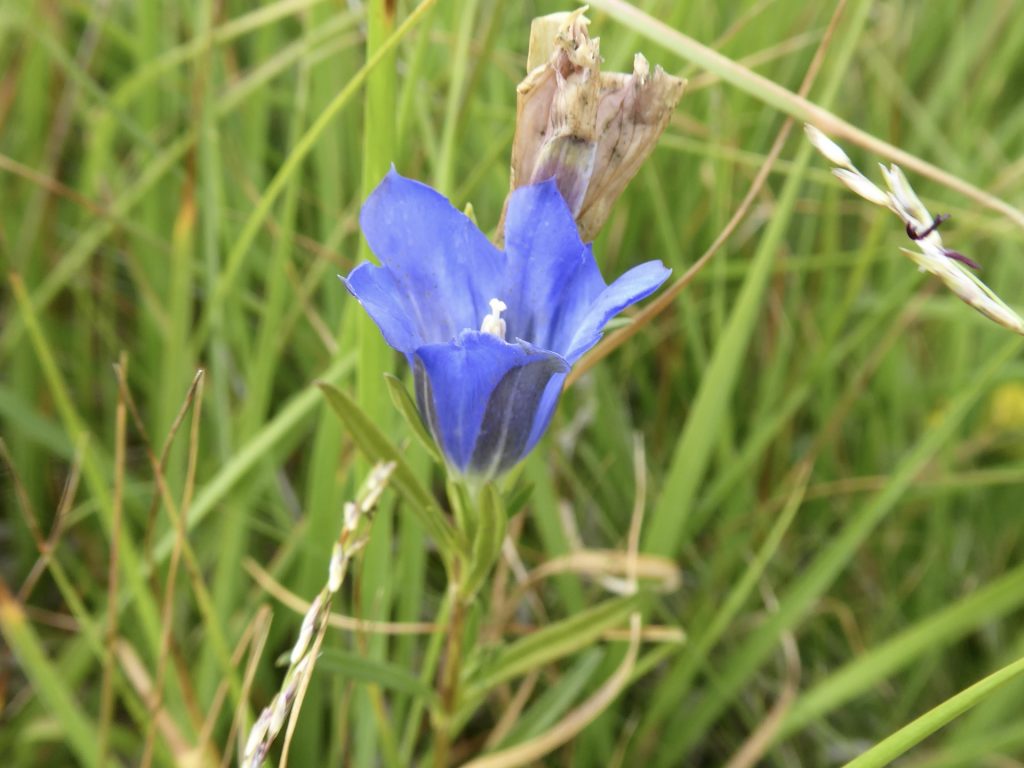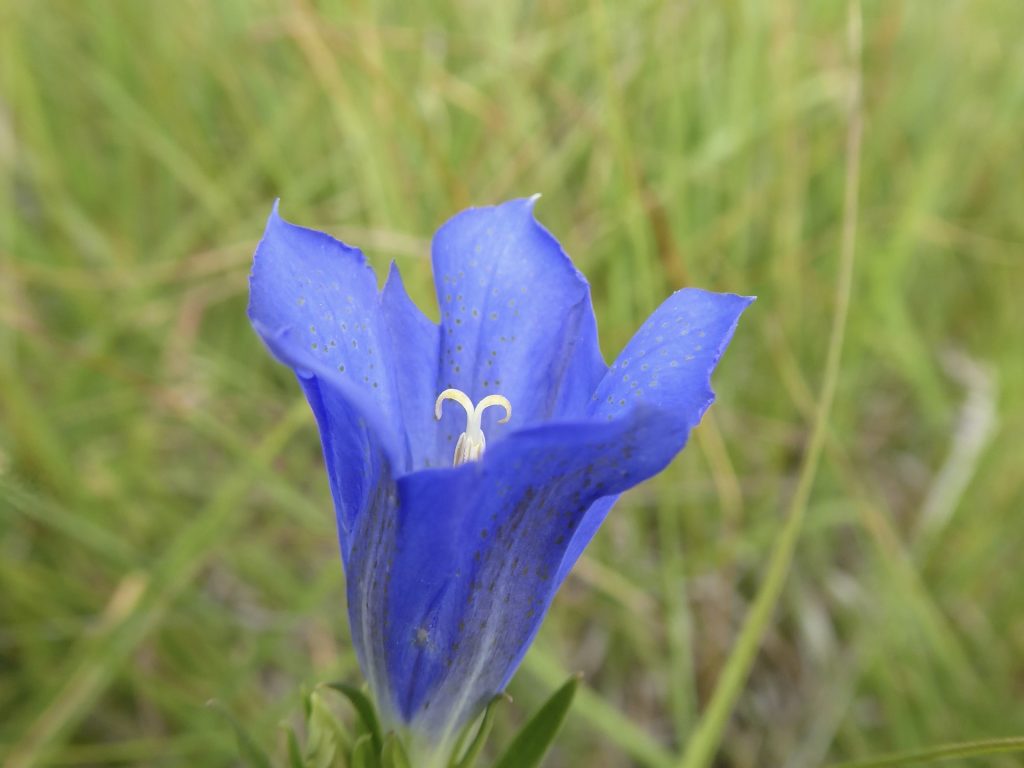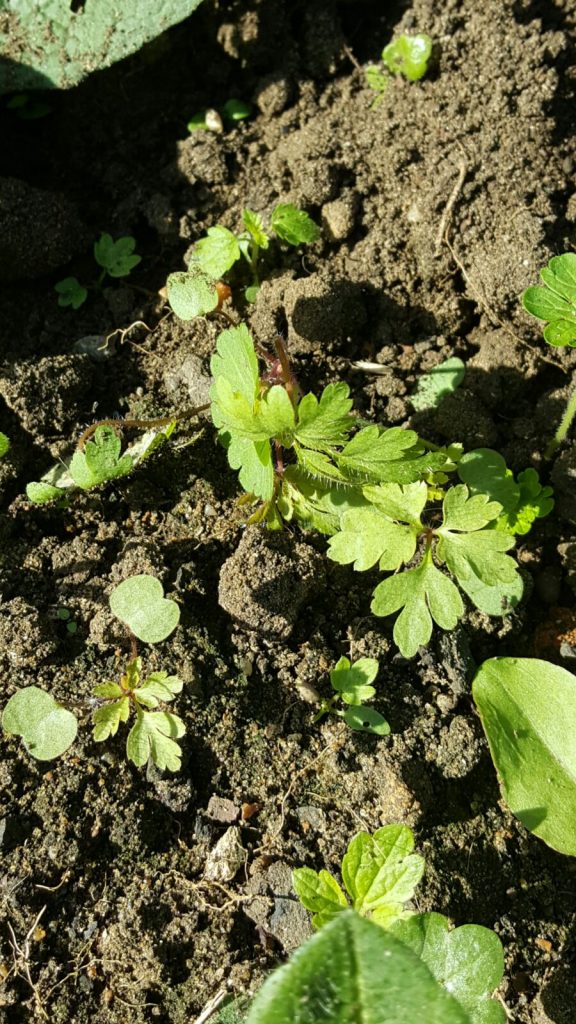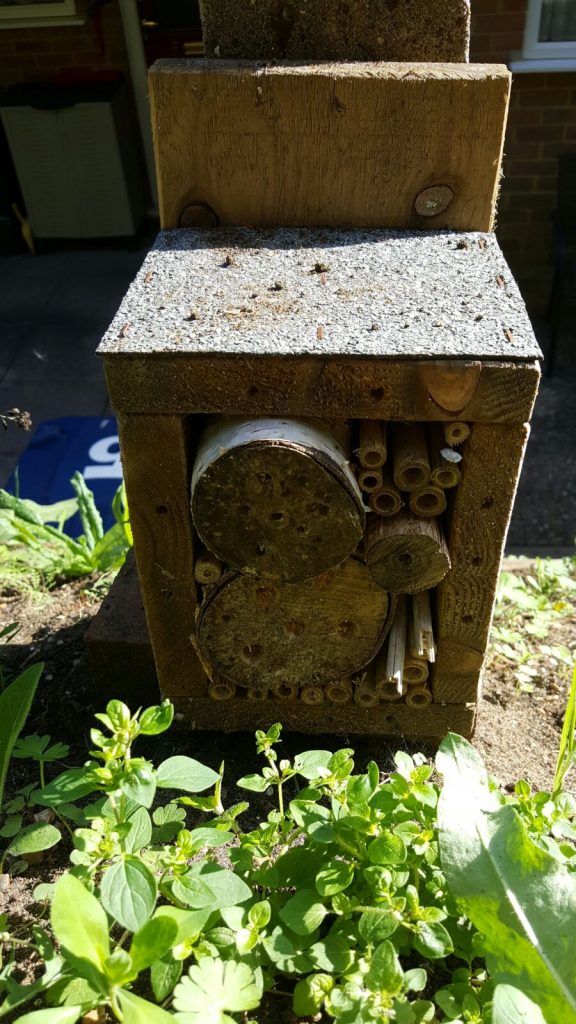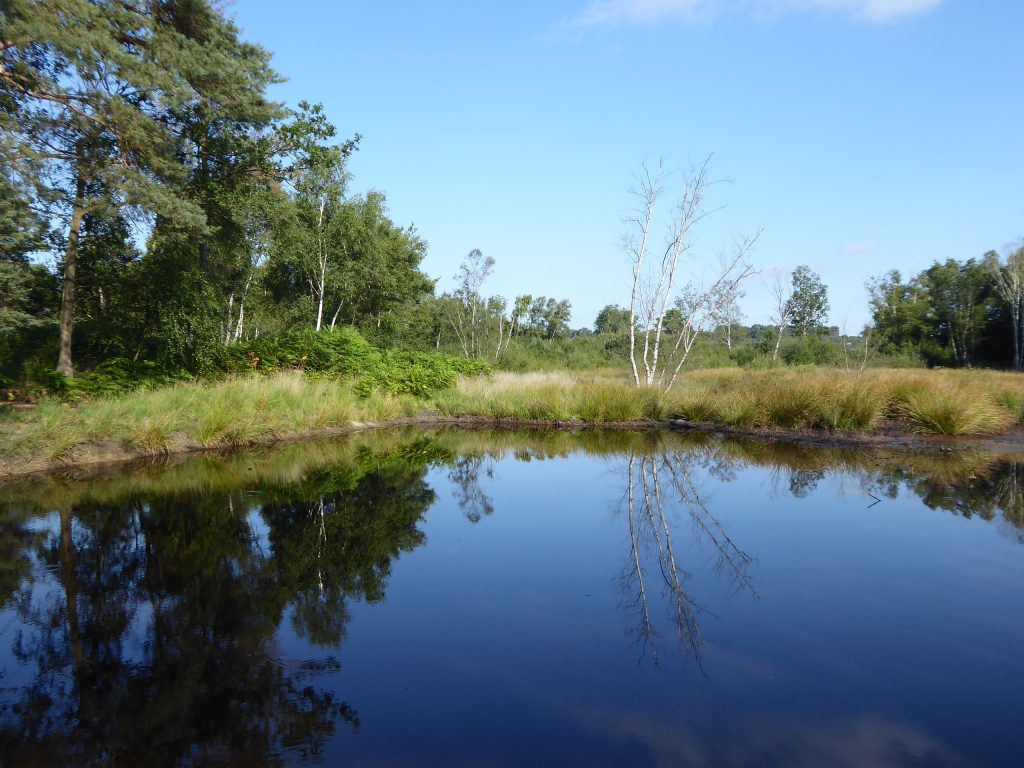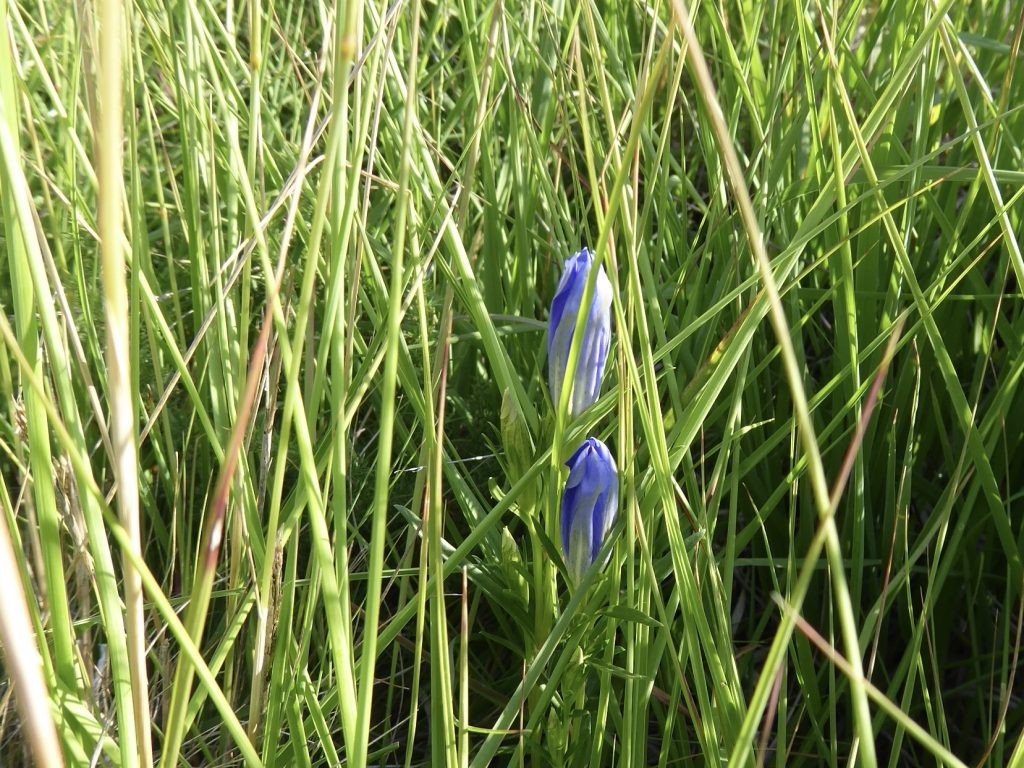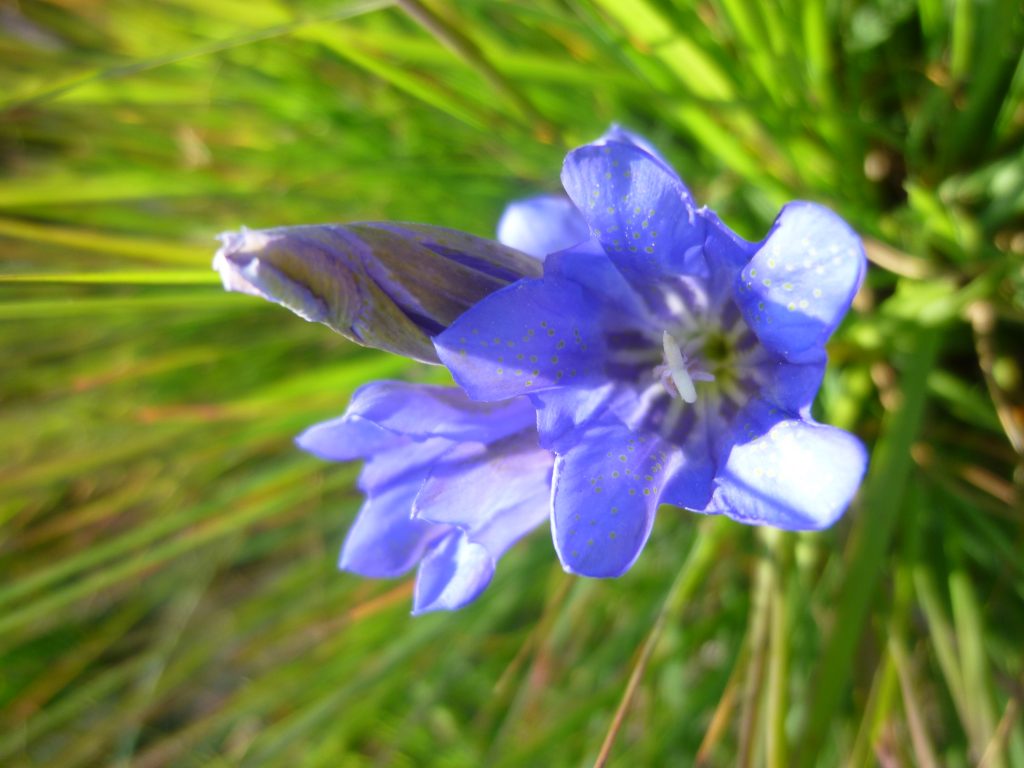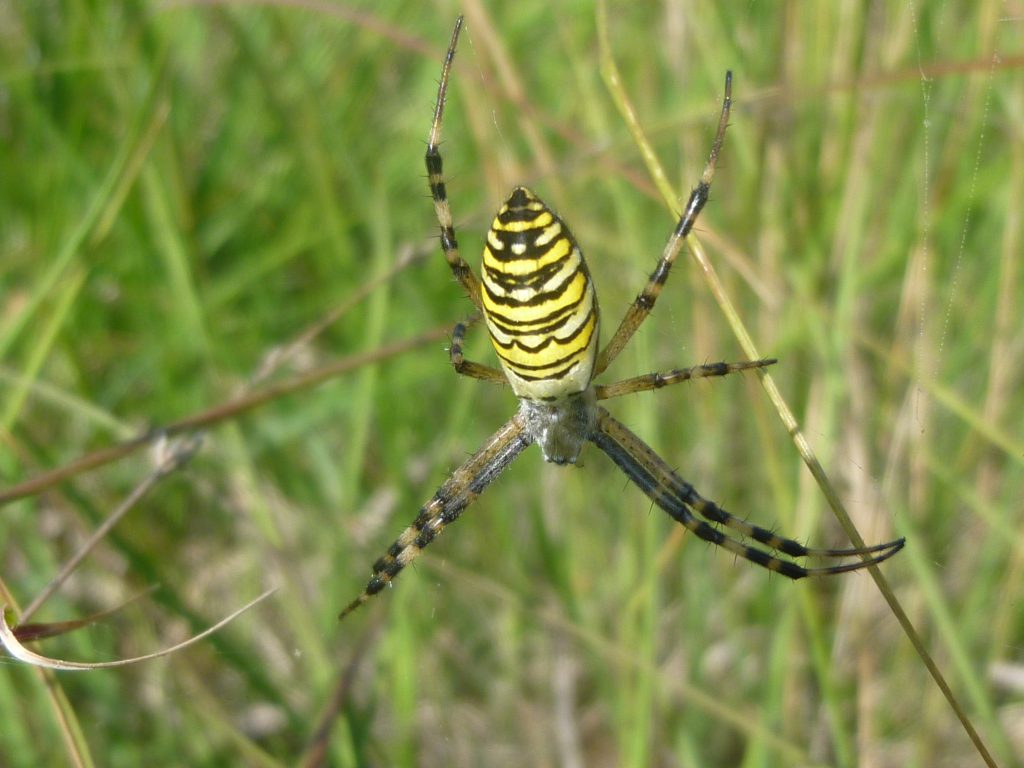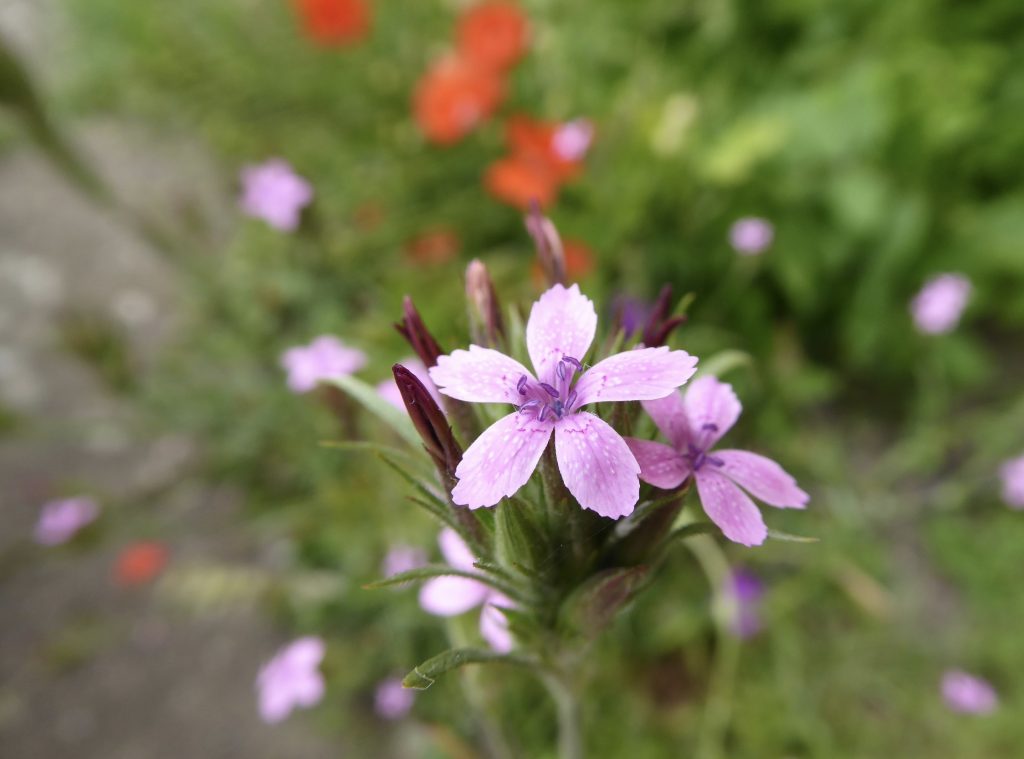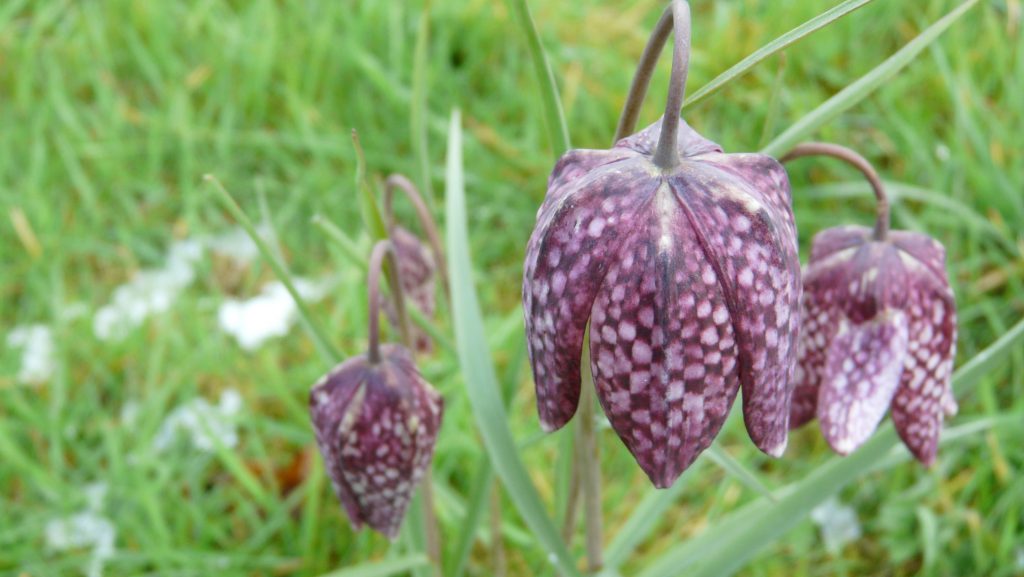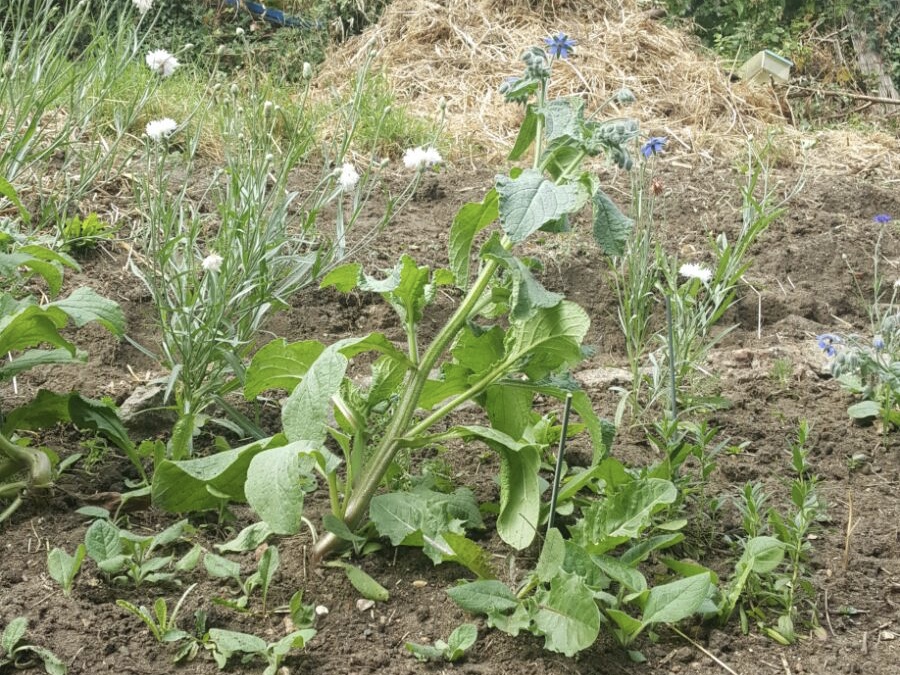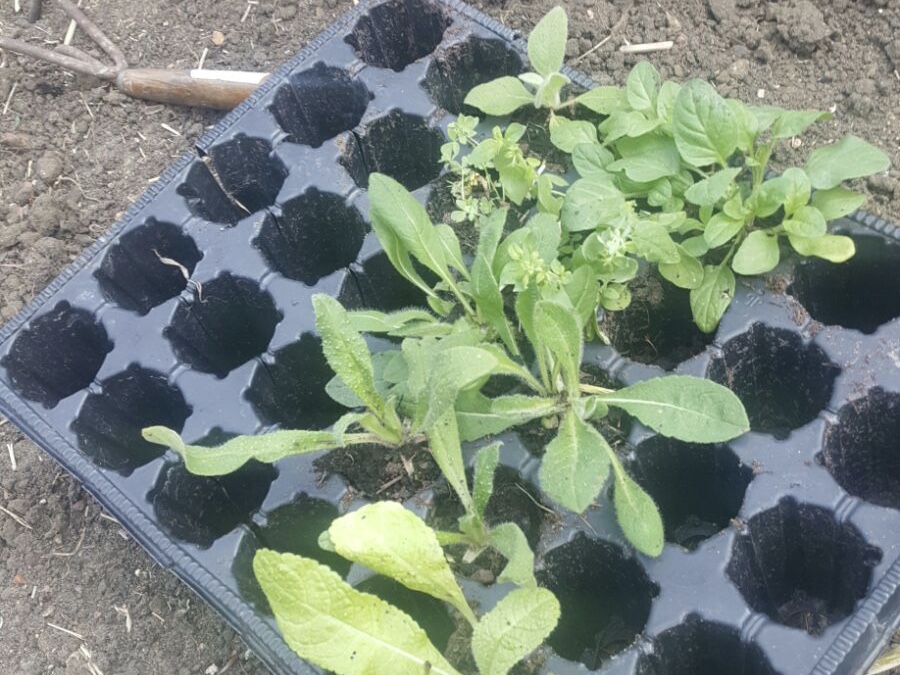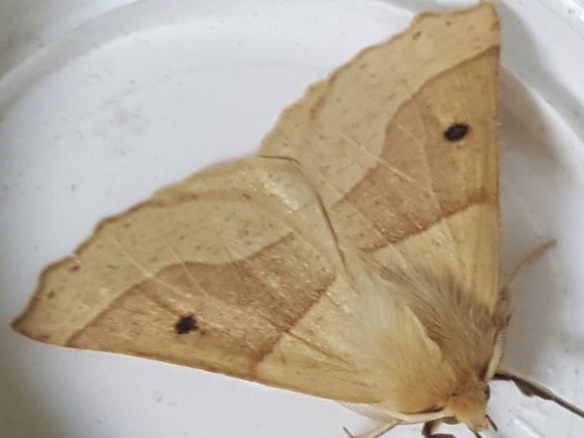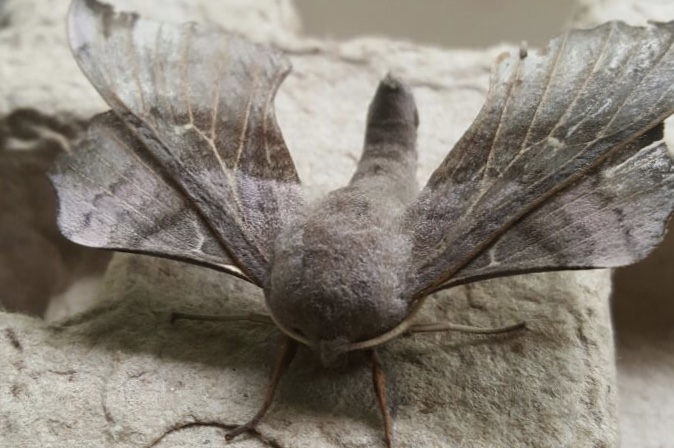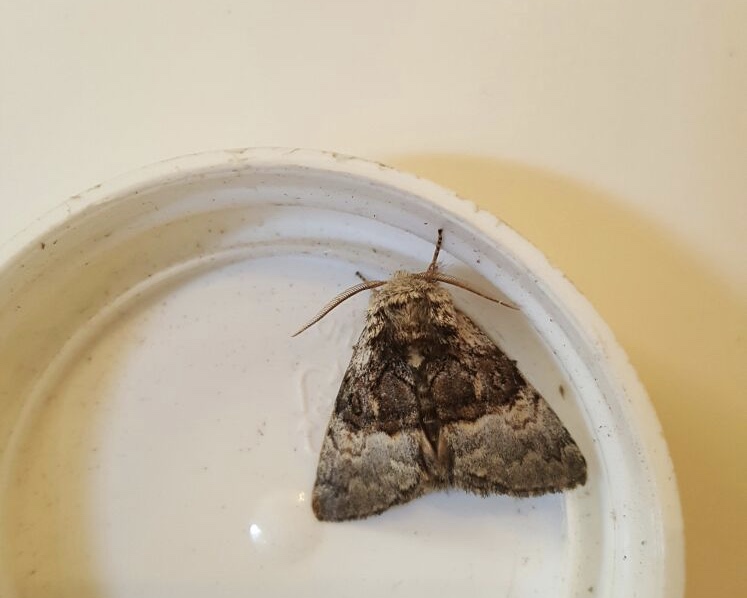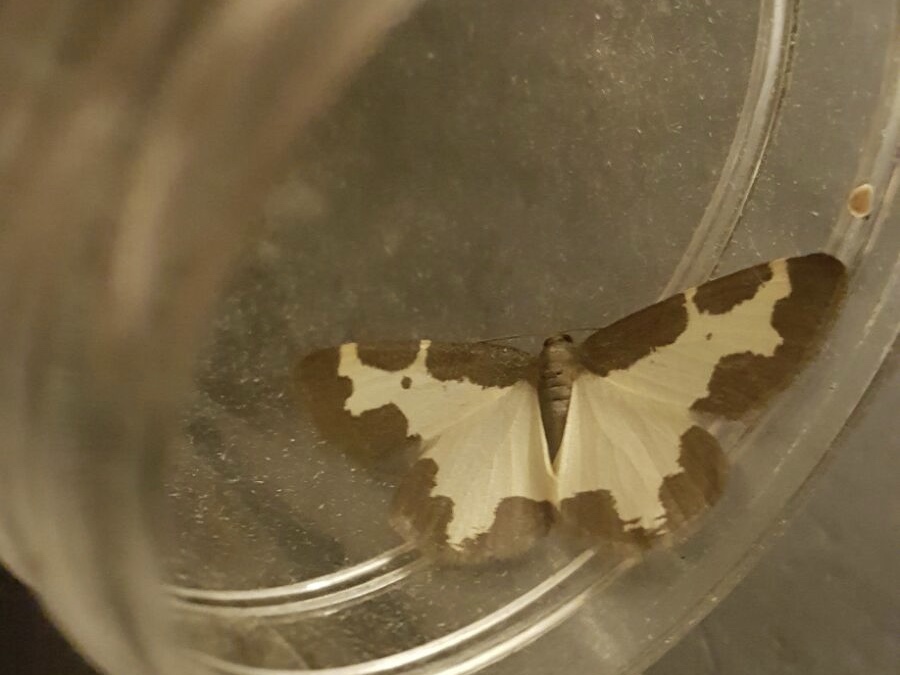I am a sucker for an invite! Supposedly to help but in truth just an observer who enjoys a chat and a stroll, particularly if its on Chobham Common. I met Ken, who is one of the volunteers working with the Amazing Grace Hedgehog organisation , to check some survey tunnels. Many people are aware of the crash in hedgehog numbers and there is still much to learn about their distribution and use of different habitats. Though the days checks showed no indications of Hedgehog activity, its often forgotten that “negatives” are as important as “positives”in that you can’t figure out whats going on without understand distribution. I had never seen one of these!
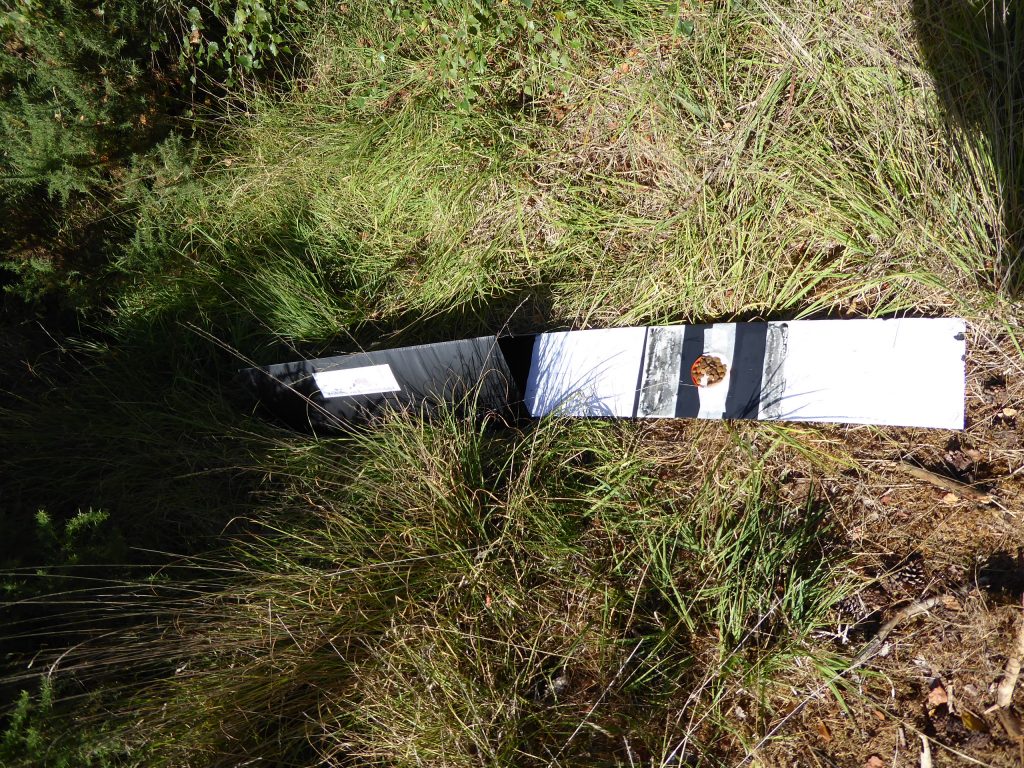
The food and inked sheet slide back in to the tunnel and the idea is that a visiting hog will leave inky footprints as it walks through, having a snack on the way.
Do check out this work on the web, its easy to find as the Amazing Grace has the very public support of Queen,s Dr Brian May. My only sadness is that this kind of laudable species work continues the sidelining of the core important conservation work of protecting and managing sites like Chobham Common, but it was forever thus.
Whilst on Chobham Common Ken did take me to the home of an easier to find mammal, the badger. Bearing in mind a badgers size I am continually amazed at how discreet their setts are, even in areas that I know well.
This sett is well established in a bank next to a road and path but unless you looked over the fence or notice the signs you really could miss it.
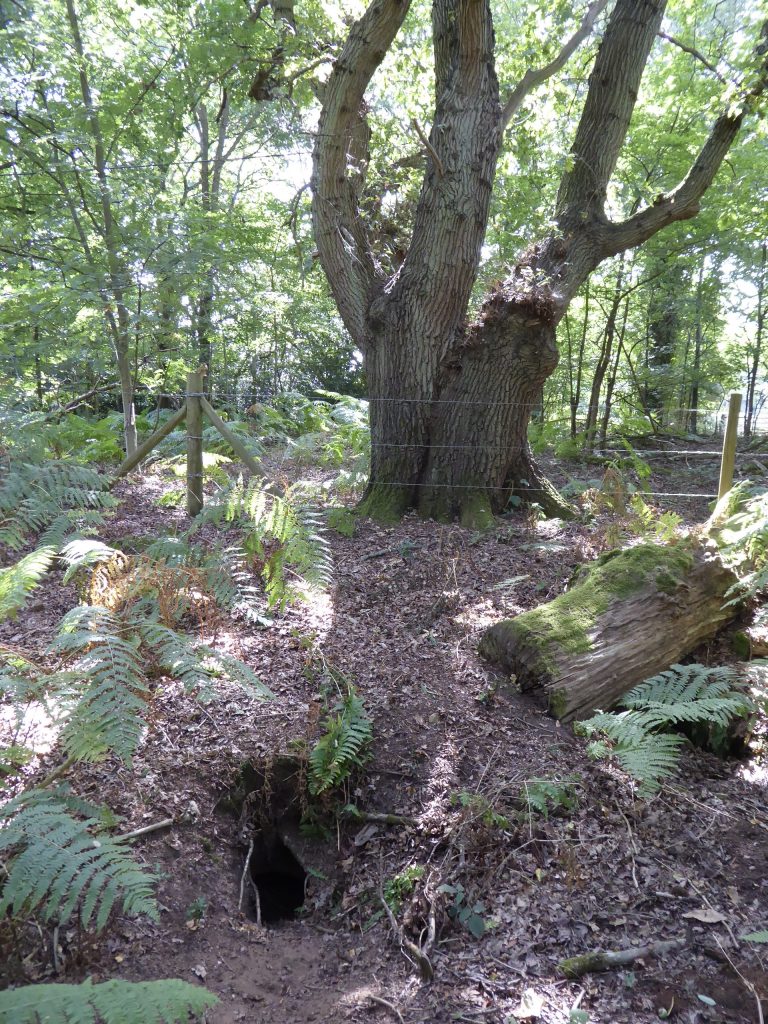
Badgers keep a tidy and clean home but it was a surprise here that the latrine, or lets call it as it is , their poo point was so close to a main entrance.
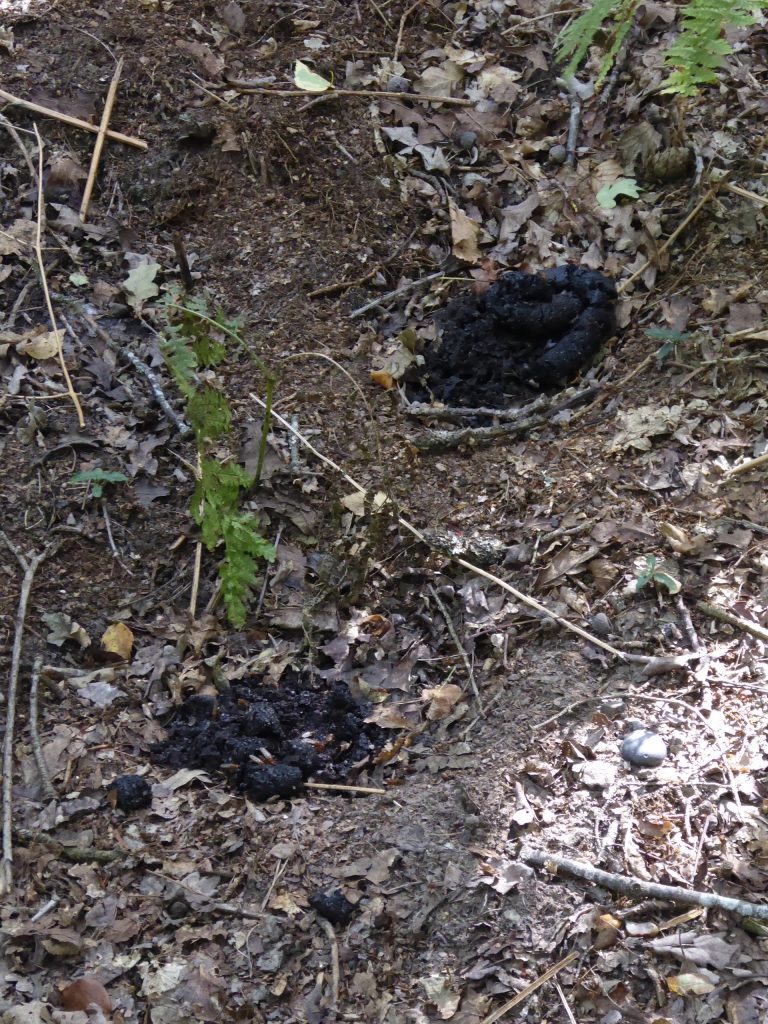
Hardly discreet! But a further indication of the sense of security this sett must feel. My Grandson will be delighted I dared to post this, just for you River!
In a previous post I had mentioned my love for the Grayling butterfly, master of camouflage, but on a recent visit I noticed something new to me. On the ground this species can be almost invisibly unless you see it land and I now see that a Grayling on a tree is similarly protected.
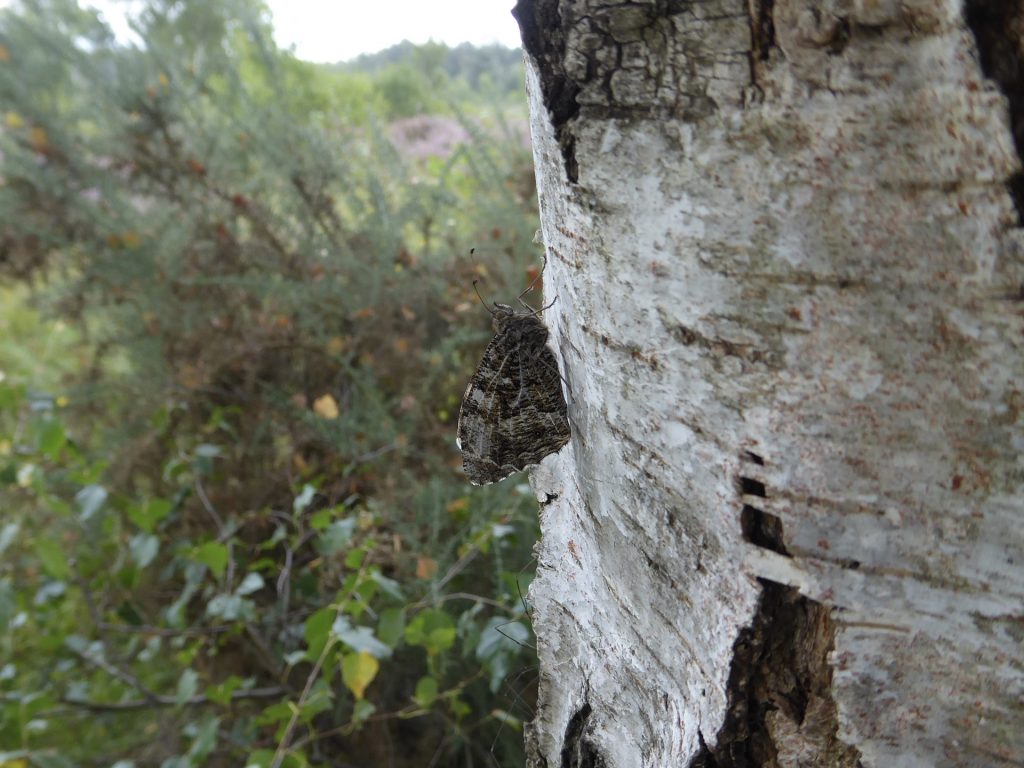
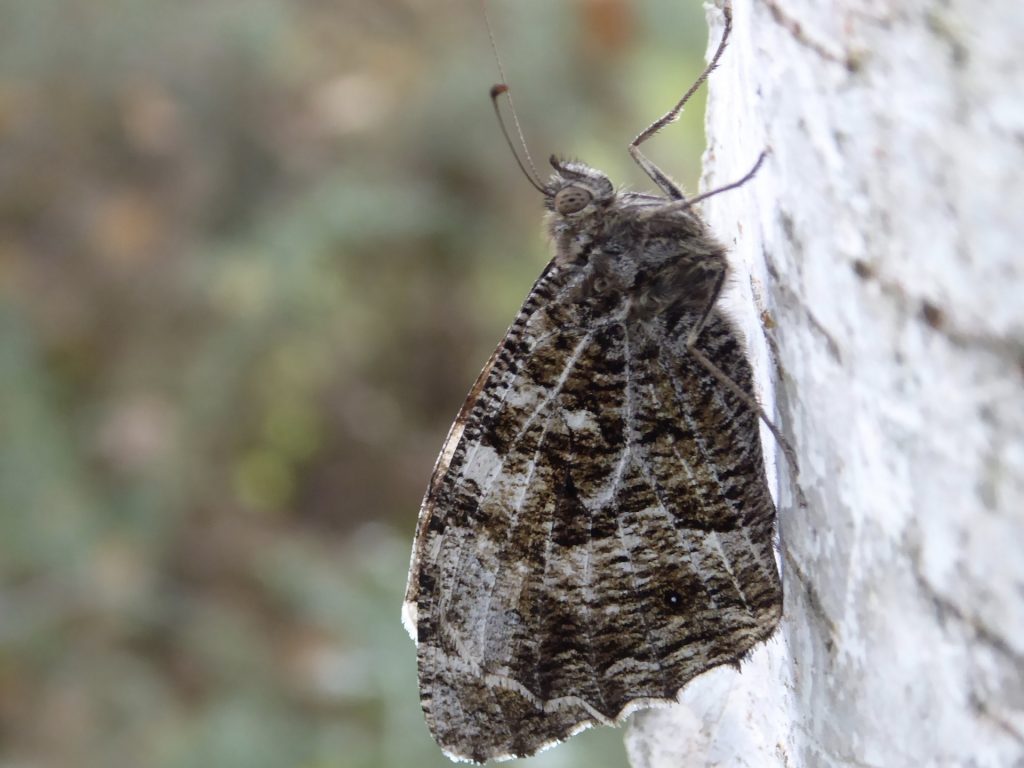
Don’t forget the Gentians! If you wish to see the glory you only have a little time left this year.
